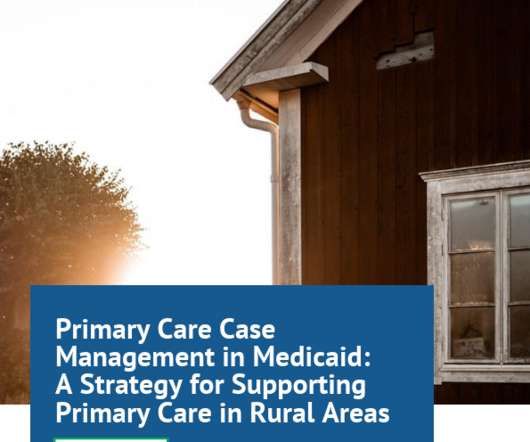Top Improvement Strategies for SDOH Programs: Part Two
Lexis Nexis
DECEMBER 22, 2021
Health outcomes (e.g., ambulatory care-sensitive condition emergency room visits, readmissions, cost of care) Evaluate the impact of an intervention on a health outcome of interest: Readmission Rates Total Cost of Care Admissions ER visits Hospital acquired conditions Preventable Hospitalizations: Ambulatory Care?Sensitive?Emergency












Let's personalize your content